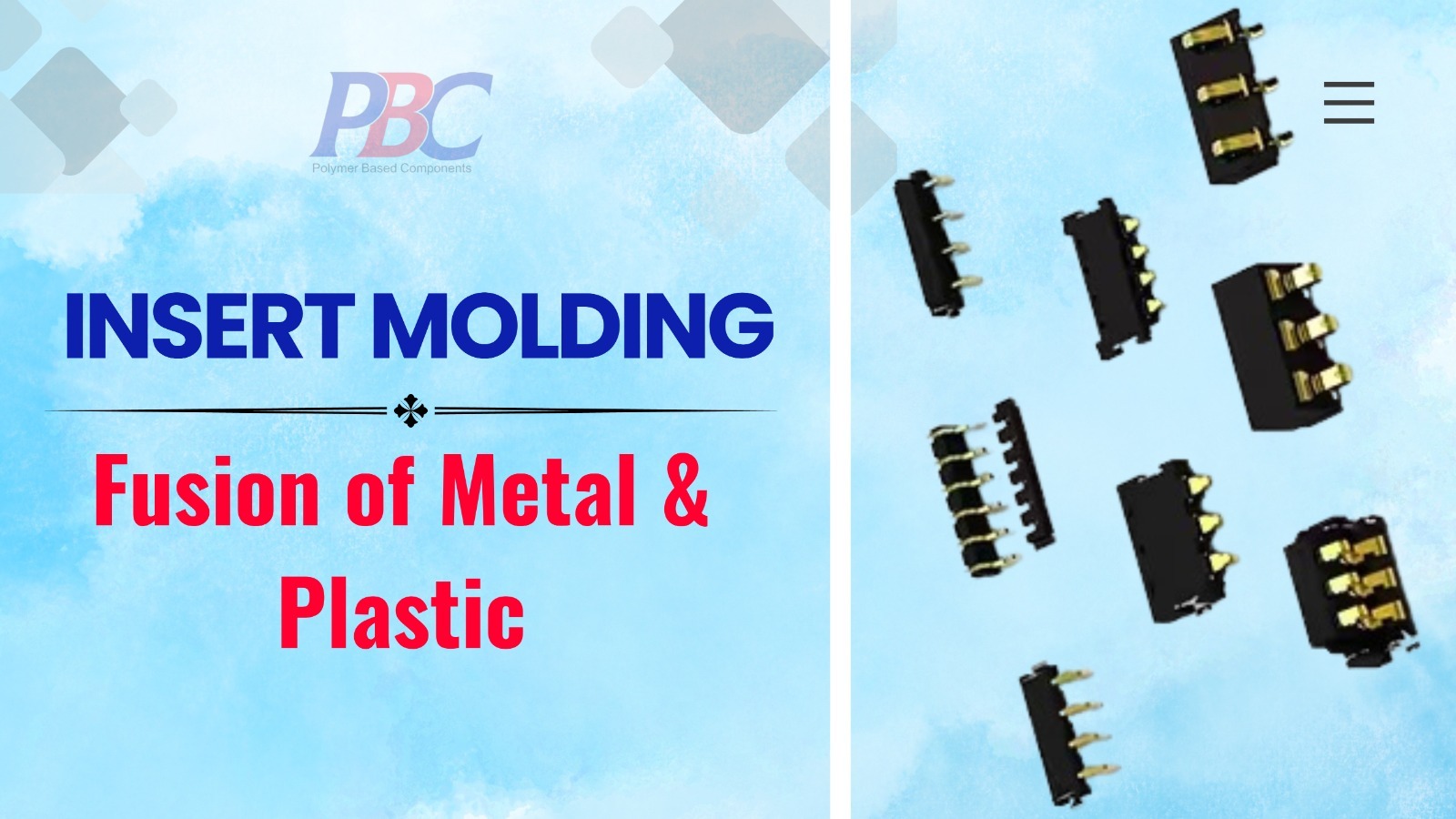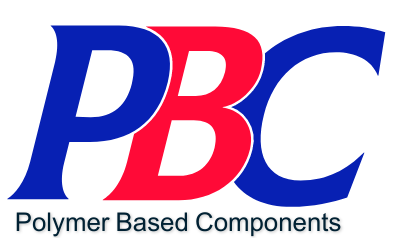In the ever-evolving landscape of manufacturing, insert molding technology has emerged as a game-changer, offering innovative solutions to enhance product design, reduce production costs, and improve overall efficiency. This advanced molding technique involves integrating metal or plastic components (inserts) into a plastic mold during the molding process. Let’s explore the intricacies of insert molding and discover its applications across various industries.

Understanding Insert Molding:
Insert molding, also known as over molding, is a molding process that combines metal or plastic inserts with molded components, creating a single, integrated product. This process streamlines production by eliminating the need for secondary assembly steps, reducing labor costs, and enhancing product durability and reliability.
Key Components of Insert Molding:
- Insert :
Inserts can be made of various materials, including metals, plastics, or a combination of both. These inserts serve as the structural or functional core of the final product, providing strength, conductivity, or specific features.
- Mold:
The mold used in insert molding is designed to accommodate the inserts and plastic material. It allows for precise placement of inserts within the mold cavity, ensuring a seamless integration with the molded plastic.
- Plastic Material:
The plastic material used in insert molding is carefully selected based on the specific requirements of the final product. Common materials include thermoplastics like ABS, polycarbonate, and nylon.
Applications of Insert Molding:
- Electronics:
Insert molding is widely used in the electronics industry to create durable and compact components. For example, connectors and switches with embedded metal contacts can be efficiently produced using insert molding.
- Automotive:
Automotive manufacturers leverage insert molding for various components, such as handles, buttons, and sensors. This technology enhances the longevity and performance of these parts, contributing to the overall reliability of vehicles. - Medical Devices:
In the medical field, insert molding is employed to create intricate and sterile devices. Examples include catheters with embedded sensors or handles, improving both functionality and patient safety.
- Consumer Goods:
Everyday consumer products benefit from insert molding, as it allows for the creation of ergonomic and multifunctional items. Toothbrush handles with integrated rubber grips and power tool casings are prime examples of insert-molded products. - Industrial Equipment:
Insert molding finds applications in the manufacturing of industrial equipment components. For instance, tool handles with embedded reinforcement or gears with integrated metal inserts showcase the versatility of this technology.
Advantages of Insert Molding:
- Cost Efficiency:
By eliminating secondary assembly steps, insert molding reduces labor costs and minimizes production time.
- Enhanced Product Durability:
The integration of inserts strengthens the product structure, improving its overall durability and resistance to wear and tear.
- Complex Geometries:
Insert molding enables the creation of complex and intricate designs that would be challenging or impossible with traditional manufacturing methods.
Insert molding technology has revolutionized the manufacturing landscape, providing a cost-effective and efficient solution for producing high-quality, integrated components. Its applications across diverse industries demonstrate its versatility and adaptability to various product requirements. As technology continues to advance, insert molding is poised to play an increasingly vital role in shaping the future of manufacturing.
Want to talk to an expert? Write to us at sales@pbctechplast.com.
Get in touch
At PBC, we transform ideas into reality. With our advanced injection moulding capabilities, we can turn your concepts into tangible, market-ready products. Let’s collaborate!
